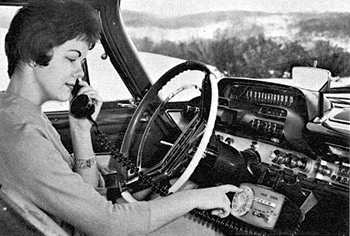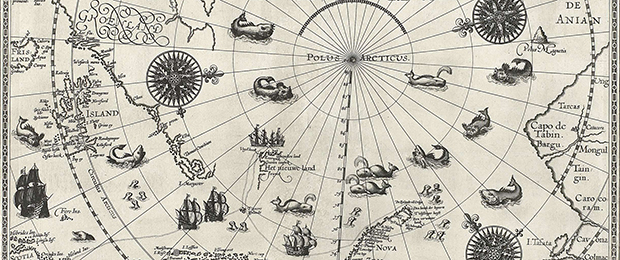
Julia Ko on developing a different kind of smartphone
The O’Reilly Solid Podcast: Entrepreneurship, niche product development, and spotting business opportunities.
Subscribe to the O’Reilly Solid Podcast for insight and analysis about the Internet of Things and the worlds of hardware, software, and manufacturing.
Many of the hardware creators we speak with come into their work through the enthusiast route: they start with an engineering problem they want to solve or a piece of technology they think is interesting, then look for an application that would support a business.
Julia Ko, our guest on this week’s episode of the Solid Podcast, started her company SurePod a very different way. She saw the business opportunity first, studying wholesale mobile contracts and the sales networks that distribute medical devices, and she developed a plan for a simplified mobile phone for older people. Only then did she learn the technical aspects of hardware production.
In this episode, we talk about Ko’s development as an entrepreneur, the challenge of creating a product for which you aren’t the target audience, and the best mobile phone carrier (Ko says it’s AT&T).

Joe Biron on what’s new about the IoT
The IoT entails a flexible platform approach to accommodate new applications that haven’t been conceived yet.
Subscribe to the O’Reilly Solid Podcast for insight and analysis about the Internet of Things and the worlds of hardware, software, and manufacturing.
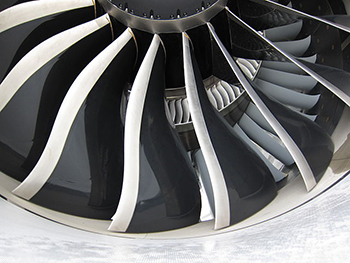 Machines have been able to talk to each other and to computers for a long time, so what’s the big deal with the IoT? That’s the first question I ask Joe Biron, my guest on this episode of the Solid Podcast. Biron is VP of IoT technology at ThingWorx, a PTC business that offers a platform for rapid development of Internet of Things applications.
Machines have been able to talk to each other and to computers for a long time, so what’s the big deal with the IoT? That’s the first question I ask Joe Biron, my guest on this episode of the Solid Podcast. Biron is VP of IoT technology at ThingWorx, a PTC business that offers a platform for rapid development of Internet of Things applications.
The answer, says Joe, is that where the machine-to-machine (M2M) model is stovepiped and specialized, the IoT entails a platform approach. Machines on the IoT are abstracted, which makes decentralized application development possible. And it’s more flexible: the platform will eventually be able to accommodate new applications that haven’t been conceived yet. Read more…

How virtual reality can make the real world a better place
Can VR become “the ultimate empathy machine?”
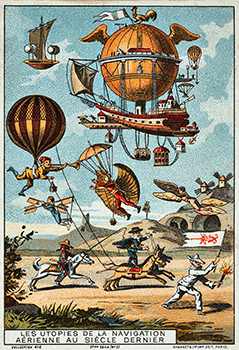 Virtual reality (VR) can make the impossible possible — the rules of physical reality need no longer apply. In VR, you strap on a special headset and leave the real world behind to enter a virtual one. You can fly like a bird high above Manhattan, or experience the feeling of weightlessness as an astronaut on a spaceship.
Virtual reality (VR) can make the impossible possible — the rules of physical reality need no longer apply. In VR, you strap on a special headset and leave the real world behind to enter a virtual one. You can fly like a bird high above Manhattan, or experience the feeling of weightlessness as an astronaut on a spaceship.
VR is reliant upon the illusion of being deeply engrossed in another space and time, far away from your current reality. In a split second you can travel to exotic locales or be on stage at a concert with your favourite musician. Gaming and entertainment are natural fits for VR experiences. A startup called The Void plans to open a set of immersive virtual reality theme parks called Virtual Entertainment Centers, with the first one opening in Pleasant Grove, Utah by June 2016.
This is an exciting time for developers and designers to be defining VR as a new experience medium. However, as the technology improves and consumer hardware and content become available in VR, we must ask: how can this new technology be applied to benefit humanity?
As it turns out, this question is being explored on a few early fronts. For example, SnowWorld, developed at the University of Washington Human Interface Technology (HIT) Lab in 1996 by Hunter Hoffman and David Patterson, was the first immersive VR world designed to reduce pain in adults and children. SnowWorld was specifically developed to help burn patients during wound care. Read more…

Buddy Michini on commercial drones
The O’Reilly Solid Podcast: Drone safety, trust, and real-time data analysis.
Subscribe to the O’Reilly Solid Podcast for insight and analysis about the Internet of Things and the worlds of hardware, software, and manufacturing.
In our new episode of the Solid Podcast, we talk with Buddy Michini, CTO of Airware, which makes a platform for commercial drones. We cover some potentially game-changing research in localization and mapping, and onboard computational abilities that might eventually make it possible for drones to improve their flight intelligence by analyzing their imagery in real time.
Among the general public, the best-understood use case for drones is package delivery, which obscures many other promising applications (and perhaps threatens to become the Internet-connected refrigerator of autonomous aircraft). There’s also widespread (and understandable) fear of drones. “We need to make drones do things to improve our lives and our world,” Buddy says. “That will get people to accept drones into their lives a little bit more.” Read more…

Jim Stogdill on cloud-based typewriters and smart watches
The O’Reilly Solid Podcast: Distractions, wearables, and reference peanut butter.
Subscribe to the O’Reilly Solid Podcast for insight and analysis about the Internet of Things and the worlds of hardware, software, and manufacturing.
In this episode of the Solid Podcast, David Cranor and I talk with Jim Stogdill, one of the key figures behind the launch of our Solid conference, about some of the cool pieces of hardware that we’ve come across recently.
Stogdill starts off with the Hemingwrite, an ultra-simplified Internet-connected typewriter for writers who need to isolate themselves from distraction. It duplicates, at significant expense and austerity, a small part of any modern computer’s functionality. The Hemingwrite’s existence — along with that of its oversubscribed Kickstarter campaign — demonstrates the new economics of hardware: development costs have fallen enough that clever entrepreneurs can isolate and solve niche consumer problems like needing a browserless computer because you sometimes don’t want to be distracted by your browsered computer. Also, I’d like one. Read more…

No, the IoT does not need strong privacy and security to flourish
The Internet of Things will happily march along with lousy privacy and security, and we will be the poorer for it.
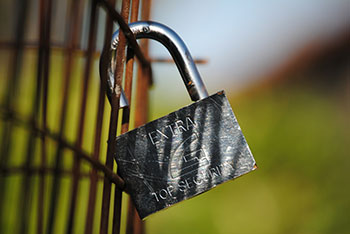 “Without addressing privacy and trust, the Internet of Things will not reach its full potential.”
“Without addressing privacy and trust, the Internet of Things will not reach its full potential.”
This refrain can be heard at IoT conferences, in opinion pieces in the press and in normative academic literature. If we don’t “get it right,” then consumers won’t embrace the IoT and all of the wonderful commercial and societal benefits it portends.
This is false.
It’s a nice idea, imagining that concern for privacy and security will curtail or slow technological growth. But don’t believe it: the Internet of Things will develop whether or not privacy and security are addressed. Economic imperative and technology evolution will impel the IoT and its tremendous potential for increased monitoring forward, but citizen concern plays a minor role in operationalizing privacy. Certainly, popular discourse on the subject is important, but developers, designers, policy-makers and manufacturers are the key actors in embedding privacy architectures within new connected devices. Read more…
